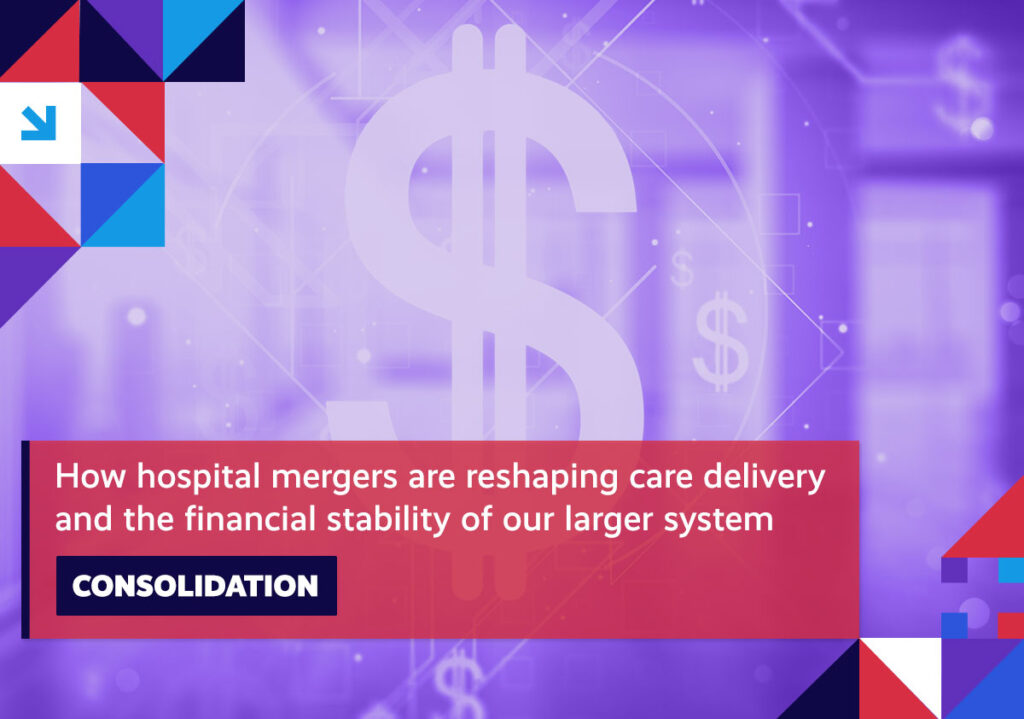A quick roundup of the issues driving the healthcare reform conversation.

Week in Review
MEDICARE ADVANTAGE Medicare Advantage continues to drive better health outcomes.
Quick takeaway: Beneficiaries enrolled in Medicare Advantage (MA) plans were less likely to have avoidable hospitalizations compared to those enrolled in traditional Fee-for-Service (FFS) Medicare.
Digging deeper: According to a new study, across a range of health conditions (including, diabetes, asthma, and hypertension), MA enrollees were 2 percent less likely to have avoidable hospitalizations.
In looking at the data, researchers determined that the lower rate was attributable to MA plans’ network design, which steers beneficiaries to high-quality providers, such as those with lower rates of avoidable hospital stays.
What it means: This latest study reinforces the value that the MA program brings to beneficiaries and taxpayers.
UNNECESSARY CARE Unnecessary care costs patients and health plans hundreds of millions of dollars.
Quick takeaway: In 2021, Coloradans received nearly 2 million unnecessary – and, potentially, harmful – medical services, costing approximately $134 million.
Digging deeper: As covered in a recent newsletter, unnecessary care is, both, expensive and harmful. A new analysis puts a finer point on the issue, focusing on how much unnecessary care costs residents of Colorado.
According to the analysis, the top five medical services delivered in 2021 accounted for nearly two-thirds of all low-value care spending in the state. Those services include: Prescribing opioids for treatment of chronic pain, screening for Vitamin D deficiency, routine prostate cancer screenings in men with no symptoms, imaging tests for people without significant signs of eye disease, and coronary angiographies to assess risk in asymptomatic patients.
What it means: Low-value health services consist of treatments, diagnostic tests, and screenings where the risk of harm or cost exceeds the likely benefit for patients. As the study’s authors point out, “Understanding the most frequent low-value services in Colorado and how much they cost can help health insurance companies, providers, and patients work together to improve care and lower costs.”
EMPLOYER COSTS Employers expect a sharp increase in their healthcare costs next year.
Quick takeaway: As also recently highlighted, the average cost of employer-sponsored healthcare is expected to go up in 2024.
Digging deeper: New data reinforces the financial headwinds employers face going into next year, with the average per-employee cost of employer-sponsored coverage projected to increase by 5.2 percent, consistent with the increase seen this year, and in line with other estimates.
In addition to inflation, increased spending on prescription drugs also drove up employer costs, including expensive new gene therapies and the growing demand for weight-loss drugs, which, alone, have already driven up the cost-per-employee by hundreds of dollars.
What it means: The trendline has forced employers to prioritize cost management, which includes working more closely with pharmacy benefit managers (PBMs) to implement clinical management programs and steering patients to higher-quality care – which has led to growing concern that drug costs would only be made worse if Congress enacts misguided legislation targeting PBMs.
Spotlight

| You can keep up with the latest by following the Health Action Network on X and by liking us on Facebook. And, be sure to check us out on LinkedIn, too. As always, let us know if there’s something you’d like to see covered in a future newsletter. |
The Health Action Network includes everyday Americans—families, workers, businesses, patients, providers, neighbors, and friends. We are working together because we support market-based solutions that offer better healthcare choices and help build a stronger economy. The Health Action Network is an Elevance Health, Inc., initiative.
